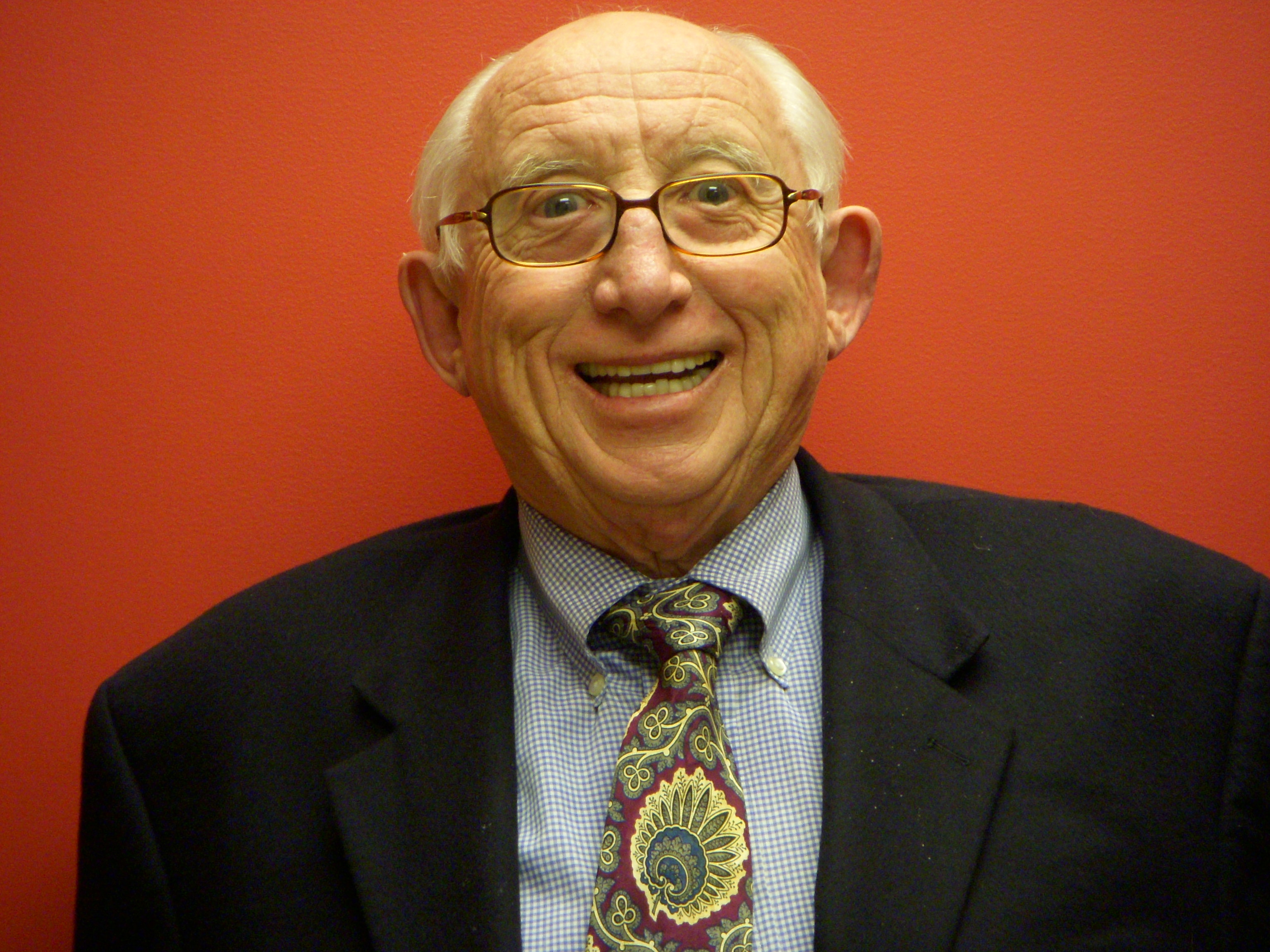From one end of this land to the other, from Anchorage, Alaska, to Key West, Fla., and from Portland, Maine, to Honolulu, you can get a round of applause by stating that the government is too big. Way too big.
But I ask you, in the name of all of those heresies that have proven to be true, is it too big? Maybe we have the government we ordered up, and it is just the size that, subliminally, we want.
The government may be less than efficient, employ too many people at high wages for low output and sometimes be maddeningly illogical. But those things are not a function of size. They are a function of the wrong dynamics in the structure of government, and they won't be cured by clear-cutting the government itself. We need a forester, not a logger.
The fact is that we the people want a lot of government and, whether we like that or not, we keep ordering up more and more. It will be a neat trick to keep it from getting bigger, just because we keep tasking it to do more. Also, we want to be first in all things from space exploration to green energy.
Do we really want the Chinese walking on the Moon, or an Indian spacecraft circling Mars?
Do we really want to buy our green-generating technologies from Norway?
Judson Phillips, founder of the Tea Party Nation, likes to list those government programs that he, with the wisdom of a Renaissance man, finds foolish. But when you add up his examples, even if he were right, they amount to a few billion dollars in a time of trillions.
Mostly, it is programs they do not understand that bring out the conservative axes. I wonder if Phillips would have supported research on the Internet (a crazy idea hardening computers against nuclear attack)?
The big program that is eating our fiscal cake, for anyone to see, is Medicare. If you are on Medicare, you can list the waste that you are obliged to countenance. We all have stories of unnecessary X-rays, MRIs and multiple blood tests. But is that the only problem?
Suppose we were to cut the cost of Medicare in half?
Wow, that would be saving! Well, we spend between 16 and 17 percent of our gross domestic product on all medicine, including Medicare. In western Europe, that figure is just over 8 percent — some with state systems like Britain, and some with hybrid state and private systems like Germany and Holland.
Maybe, we should overcome our Europhobia and find out how they get the same things for less. If that is too much to swallow, look to Japan: It has excellent medicine for a smaller-yet bite of its GDP.
Social Security, the other great potential budget buster (it hasn't happened yet) is subject to relatively easy fixes. Calculate retirement age on years worked. A college graduate works about 44 years. Extend that.
A carpenter works at least four years longer than a college graduate, but is physically unable to work after age 65. Give him or her credit for the equivalent of time served in the workplace.
Meanwhile, new risks to society demand more government responses — not fewer. Try cybersecurity, ocean pollution, invasive species, illegal immigration, climate change, infrastructure renewal and medical research.
I want to know about new and dangerous mosquitoes carrying tropical diseases that have invaded the United States. I also want bed bugs and stink bugs to be brought under control. And I trust the government has scientists looking into these pesky things.
I also want the government to take diseases like myalgic encephalomyelitis seriously and bring hope to a million suffering Americans, and many millions more around the globe.
We got the government we have because we voted for it piece by piece. Now it is in trouble. When in financial difficulty, cut your expenditures as much as possible — and there are limits here — and then try to get a raise. In government-speak, we call that a tax increase. — For the Hearst-New York Times Syndicate








